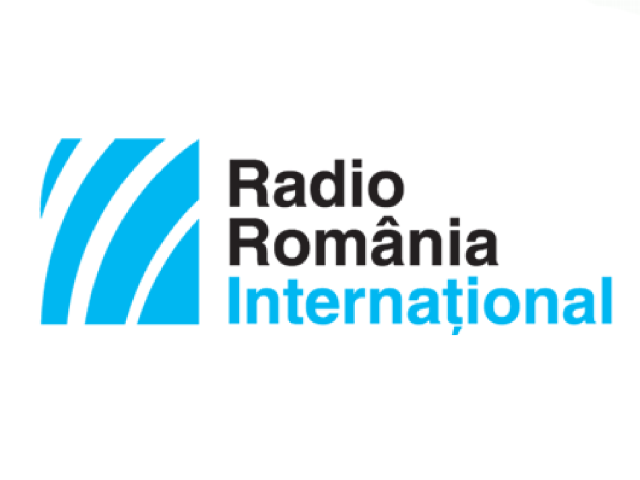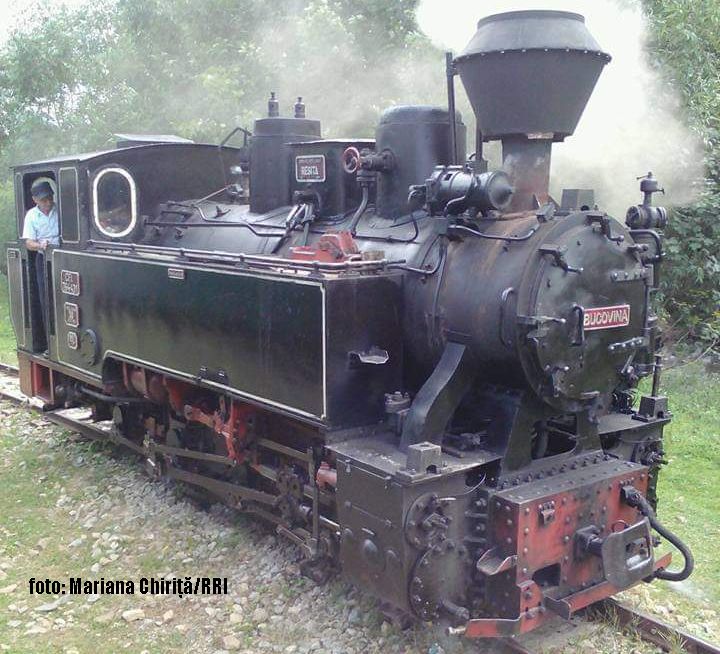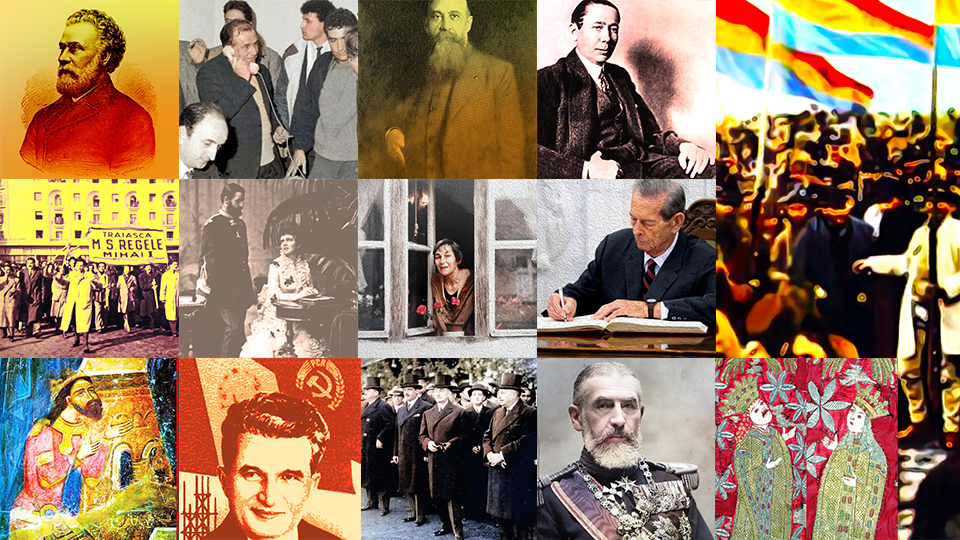Architecture and family histories
Bucharest saw the emergence of the first modernist buildings in the 1920s.

Christine Leșcu, 25.01.2020, 14:00
Bucharest saw the emergence of the first modernist buildings in the 1920s, more precisely in 1926, when architect Marcel Iancu designed his first building: the Herman Iancu construction located in the former Jewish quarter in Bucharest. The building has stood the test of time, defying the period of Communist demolitions when the area was massively modified. It is a storey building of the block-house type, which the architect built for his father.
It is the first project showing Marcel Iancu’s modernist preoccupations, which is not at all surprising for a young man who, in 1916, at the Voltaire cabaret in Zurich, together with the poets Tristan Tzara and Hugo Ball and the fine artist Hans Arp, founded the Dada movement. The Dada movement was actually the trigger for all the avant-garde and novel artistic movements of the 20th century.
Marcel Iancu had gone to study in Switzerland in 1914 together with his brother Iuliu. He first studied mathematics and chemistry at the University of Zurich and in 1915 enrolled with the architecture department of the Polytechnic School. A complex artist who stood out, within the Dada movement, as a graphic artist and illustrator of the avant-garde publications, Marcel Iancu was also a painter and a sculptor.
He returned to Bucharest in the 1920s and designed a series of modernist buildings commissioned by the elite of the new inter-war bourgeoisie. In a capital city that was then dominated by the eclectic architectural style, Marcel Iancu’s buildings represented a first step towards renewal and modernity.
All in all, Marcel Iancu designed 26 buildings in Bucharest of which only 20 are still standing. One of his buildings can still be found in Bucharest’s old town area, near Foisorul de Foc — the Watch Tower, which used to be the city’s tallest building.
The building was also the result of the friendship between the architect and the future historian of religions, Mircea Eliade, who, in the interwar period, was the leader of the young generation of writers and artists who were to revolutionize the Romanian culture after the Union of 1918. Marcel Iancu designed the building for Mircea Eliade’s sister, Corina Alexandrescu, shortly after her marriage.
Today it belongs to her son, Sorin Alexandrescu, a semiotician and university professor who has recently given an interview in this very house: “The house belonged to my parents. It is a two-storey house. I was born in this house. The space of the house was re-organized, because during the Communist regime, the authorities imposed my parents to receive tenants. In those years of Communism, one person was entitled to a residence space of only 8 square meters. If your house was bigger, you had to receive tenants. Some of tenants had to pass through my room to go to the bathroom or the kitchen. We had two families of tenants. When I first got married, I had to move out. Soon after, my parents left too.”
Sorin Alexandrescu immigrated in 1970 to the Netherlands where, until his retirement, he was a teacher at the Romanian language department of the Amsterdam University. After the 1989 revolution, he returned to Romania and managed to recuperate his property which had been nationalized by the Communist regime.
Here is Sorin Alexandrescu back at the microphone: “I hadn’t had any knowledge of this house until the 1989 revolution, when I retuned home. I found out that one could recuperate one’s property if one filed a well documented application. Following a very fast legal proceeding, I won the house back. I told the tenants that they could continue to live there against the same small rent they used to pay to the state. Eventually they all moved out without being obliged to. Then, I renovated the entire house and rented the rooms upstairs. Later I had some more repair works done, the latest being completed recently. At present, for the semi-basement and the ground floor, where I lived, I have concluded a free loan agreement with the Bucharest University, where courses are held as part of the Center of Excellence in the study of image. Besides the hall we have at the Faculty of Letters, we also have this space. Therefore, I am very happy not only for getting the house back but also for being able to offer it to the students, through this cooperation with the University which always needs more spaces, given the increasing number of students.”
Although the value of the building designed by Marcel Iancu is well known by the authorities, the building has not yet been declared a heritage building. But this is going to happen soon, says Sorin Alexandrescu: “I have not submitted any request to obtain the title of heritage building for my house, simply because I had to finish the repair works first. I hope now I will be able to obtain the recognition of the building, which is a symbolic heritage left by Marcel Iancu. My mother commissioned Marcel Iancu to design the house because he was recommended to her by Mircea Eliade who was friends with Marcel Iancu. My mother was very young back then, and she did not know any architect to do the job, therefore her brother recommended a colleague of his generation. Soon a plaque with the name of Marcel Iancu will be attached to the building.”
In the 1940s, when anti-Semitic persecutions intensified in Romania, Marcel Iancu decided to emigrate. As the years passed by, he became a famous architect in Israel where he founded the Ein Hod artist colony in Haifa and where he received the highest cultural distinction of the country: Israel Prize. Marcel Iancu died in 1984 aged 88. (translation by L. Simion)






























